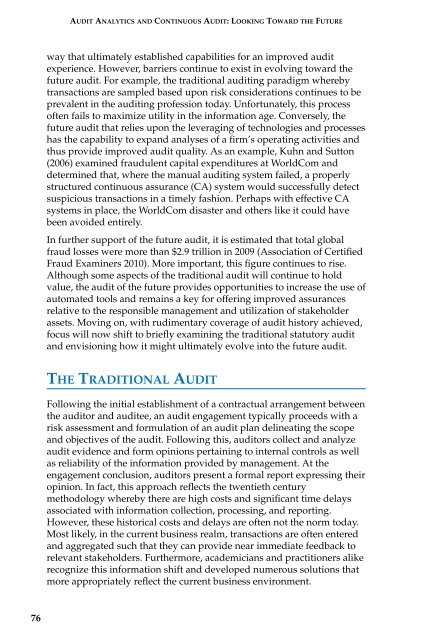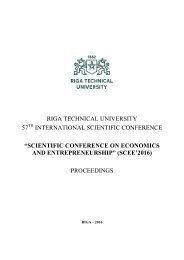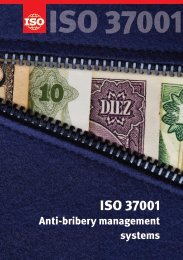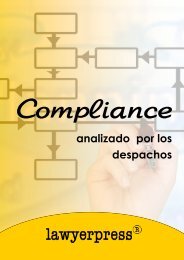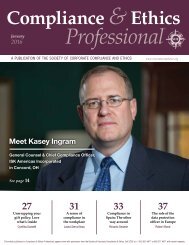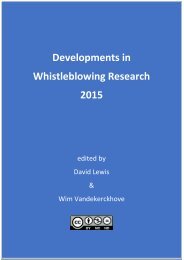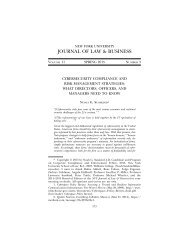AUDIT ANALYTICS AUDIT
x8YaD9
x8YaD9
- No tags were found...
You also want an ePaper? Increase the reach of your titles
YUMPU automatically turns print PDFs into web optimized ePapers that Google loves.
<strong>AUDIT</strong> <strong>ANALYTICS</strong> AND CONTINUOUS <strong>AUDIT</strong>:LOOKING TOWARD THE FUTURE<br />
way that ultimately established capabilities for an improved audit<br />
experience. However, barriers continue to exist in evolving toward the<br />
future audit. For example, the traditional auditing paradigm whereby<br />
transactions are sampled based upon risk considerations continues to be<br />
prevalent in the auditing profession today. Unfortunately, this process<br />
often fails to maximize utility in the information age. Conversely, the<br />
future audit that relies upon the leveraging of technologies and processes<br />
has the capability to expand analyses of a firm’s operating activities and<br />
thus provide improved audit quality. As an example, Kuhn and Sutton<br />
(2006) examined fraudulent capital expenditures at WorldCom and<br />
determined that, where the manual auditing system failed, a properly<br />
structured continuous assurance (CA) system would successfully detect<br />
suspicious transactions in a timely fashion. Perhaps with effective CA<br />
systems in place, the WorldCom disaster and others like it could have<br />
been avoided entirely.<br />
In further support of the future audit, it is estimated that total global<br />
fraud losses were more than $2.9 trillion in 2009 (Association of Certified<br />
Fraud Examiners 2010). More important, this figure continues to rise.<br />
Although some aspects of the traditional audit will continue to hold<br />
value, the audit of the future provides opportunities to increase the use of<br />
automated tools and remains a key for offering improved assurances<br />
relative to the responsible management and utilization of stakeholder<br />
assets. Moving on, with rudimentary coverage of audit history achieved,<br />
focus will now shift to briefly examining the traditional statutory audit<br />
and envisioning how it might ultimately evolve into the future audit.<br />
THE TRADITIONAL <strong>AUDIT</strong><br />
Following the initial establishment of a contractual arrangement between<br />
the auditor and auditee, an audit engagement typically proceeds with a<br />
risk assessment and formulation of an audit plan delineating the scope<br />
and objectives of the audit. Following this, auditors collect and analyze<br />
audit evidence and form opinions pertaining to internal controls as well<br />
as reliability of the information provided by management. At the<br />
engagement conclusion, auditors present a formal report expressing their<br />
opinion. In fact, this approach reflects the twentieth century<br />
methodology whereby there are high costs and significant time delays<br />
associated with information collection, processing, and reporting.<br />
However, these historical costs and delays are often not the norm today.<br />
Most likely, in the current business realm, transactions are often entered<br />
and aggregated such that they can provide near immediate feedback to<br />
relevant stakeholders. Furthermore, academicians and practitioners alike<br />
recognize this information shift and developed numerous solutions that<br />
more appropriately reflect the current business environment.<br />
76


